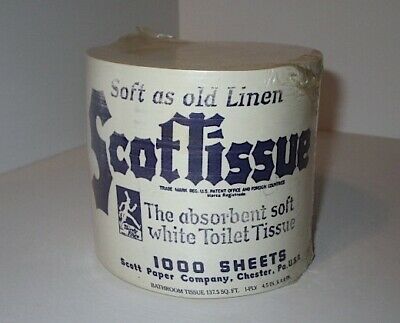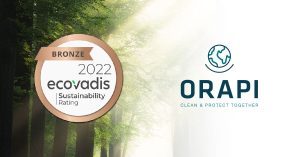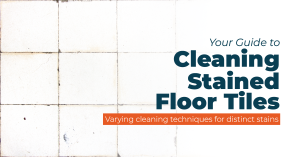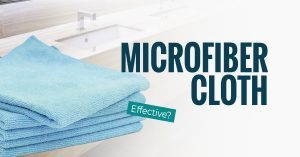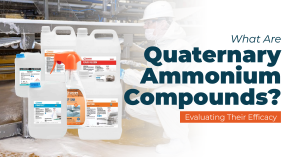The history of cleaning is a long one, dating back thousands of years to ancient Babylon. The techniques, methods, and roles involved in general household cleaning have evolved dramatically since then. This article provides a timeline covering the evolution of cleaning throughout history—from its inception until today’s time. So, get your feathers dusted as we move from one era to the next, spanning thousands of years.
Ancient Civilisations (2800 B.C.)
In 2800 B.C., soaplike residue found clinging to the inside of clay vessels dating from this era indicated that ancient Babylonians had soap and soap scum. They combined animal fat with charcoal ash and stored the resulting mixture in clay containers, creating soaps that worked due to natural surfactants found in animal fat. Surfactants, or surface-active agents, reduce the surface tension of water to remove soils better.
In a similar fashion, the Egyptians used vegetable oil and alkaline salts to make soap that they used to wash themselves and their clothes. The Greeks, on the other hand, preferred to wash themselves using sand, clay, or ashes. They followed this by applying a thin layer of oil and scraping it off with a metal blade to remove dead cells from their bodies.
Following the path of Egyptians and Babylonians, the Romans greatly prompted cleanliness by building public baths and making soap out of animal fat, ash, and water. Overall, cleanliness seemed to be a major focal point of most ancient civilisations known to humanity and the history of cleaning.
The Dark Ages (500-1500 A.D.)
The Dark Ages saw a dramatic decline in hygiene standards. The streets were strewn with all sorts of households and bodily waste and sewage systems were non-existent. The sheer lack of knowledge associating improper hygiene and disease drove this attitude during this period. Consequently, this era also saw the emergence of many diseases—dysentery, malaria, diphtheria, flu, typhoid, smallpox and leprosy—that led to many deaths. Even more bizarre is that in the 1500s, people in Scotland used stale human urine as a cleaning agent for laundry.
Also read:
Early Modern Era (1500s-1700s)
Once scientists established a connection between hygiene and defence against disease—in 1670—people learned the importance of hygiene, and attitudes towards its maintenance changed drastically. By the 17th century, cleanliness became not only customary but also fashionable. The Modern Era was characterised by industrialisation, leading manufacturers to develop soaps that became widely popular, paving the way for regular household cleaning routines. However, these were taxed as luxury items and reserved mainly for the wealthy.
Towards the end of the era, in 1782, Henry Sidgier was awarded the first British patent for a washing machine that used rotating drums. It featured a cage with a handle for turning clothes. Inside, wooden rods tossed the laundry to and fro.
Late Modern Era (1750-End of WWII)
Throughout the history of cleaning, the industrial revolution spurred many changes, including a process for making soda ash from common salt in 1791. Soda ash is combined with fat to make soap but was previously obtained only from ashes. Other chemists were able to add aromatic substances, increasing the soap’s appeal. Soap-making then became one of America’s fastest-growing industries by 1850, and it was also around this time that most soap taxes were lifted.
In 1907 The Scott Paper Company introduced the first paper towels, which were designed to help prevent the spread of cold germs from cloth towels in public restrooms.
The chemistry of soap manufacturing also stayed the same until the beginning of World War I, when there was a shortage of animal and vegetable fats and oils. Chemists had to use raw materials instead, namely petroleum, to synthesise chemicals that similarly reduced surface tension. Over time, companies added phosphate compounds and other enzymes to manufacture surfactants and create detergents.
Contemporary Era (1945-Present)
The common era extends from the end of World War II to today’s time, and as the decades progressed in this era, gender stereotypes became less and less prevalent. Men started taking part in cleaning activities just like women. So, ‘maid services’ evolved into a respected professional service, which meant more and more companies began selling higher-quality cleaning products.
Plus, in 1988, in the history of cleaning; Executive Order No. 13101 mandated that all “environmentally preferable” or green cleaning products be used in all federal states in the United States. By 2012 washing machines and dishwashers became 98% and 101% more efficient respectively than they were 20 years ago. This led to the emergence of a lot of firms promoting sustainable and biodegradable products.
ORAPI emerged in 1976 with the aim to provide the best solutions for professional hygiene and industrial maintenance. We also advocate green consumerism as we believe embracing the use of eco-friendly products will give us a chance not only to stop but also reverse the harms we have inflicted on the lands and oceans of our planet. Moreover, the quality of such products is at par with—if not better than—those of conventional products. So, the motto that businesses opting for greener models, including ORAPI, live by is to protect what we have and bring back what we lost to advance a more sustainable future so that everyone can thrive.



